Editor’s Desk
Android Central’s Editor’s Desk is a weekly column discussing the latest news, trends, and happenings in the Android and mobile tech space.
When you think of the best Android smartwatches, your mind probably goes to Samsung, Google, or even OnePlus wearables with big touch screens, apps, and maybe a few days of battery life. However, one often overlooked category is hybrid smartwatches, which blend a traditional mechanical watch with smart features.
These “smart” watches may seem boring and not very smart at all, but there’s actually a lot more to them than meets the eye. Inside their often small displays is a host of features for owners to utilize while keeping things minimal. It’s part of what makes these watches so versatile, and among the reasons why you should consider a hybrid smartwatch as your next wearable buy.
Form over function
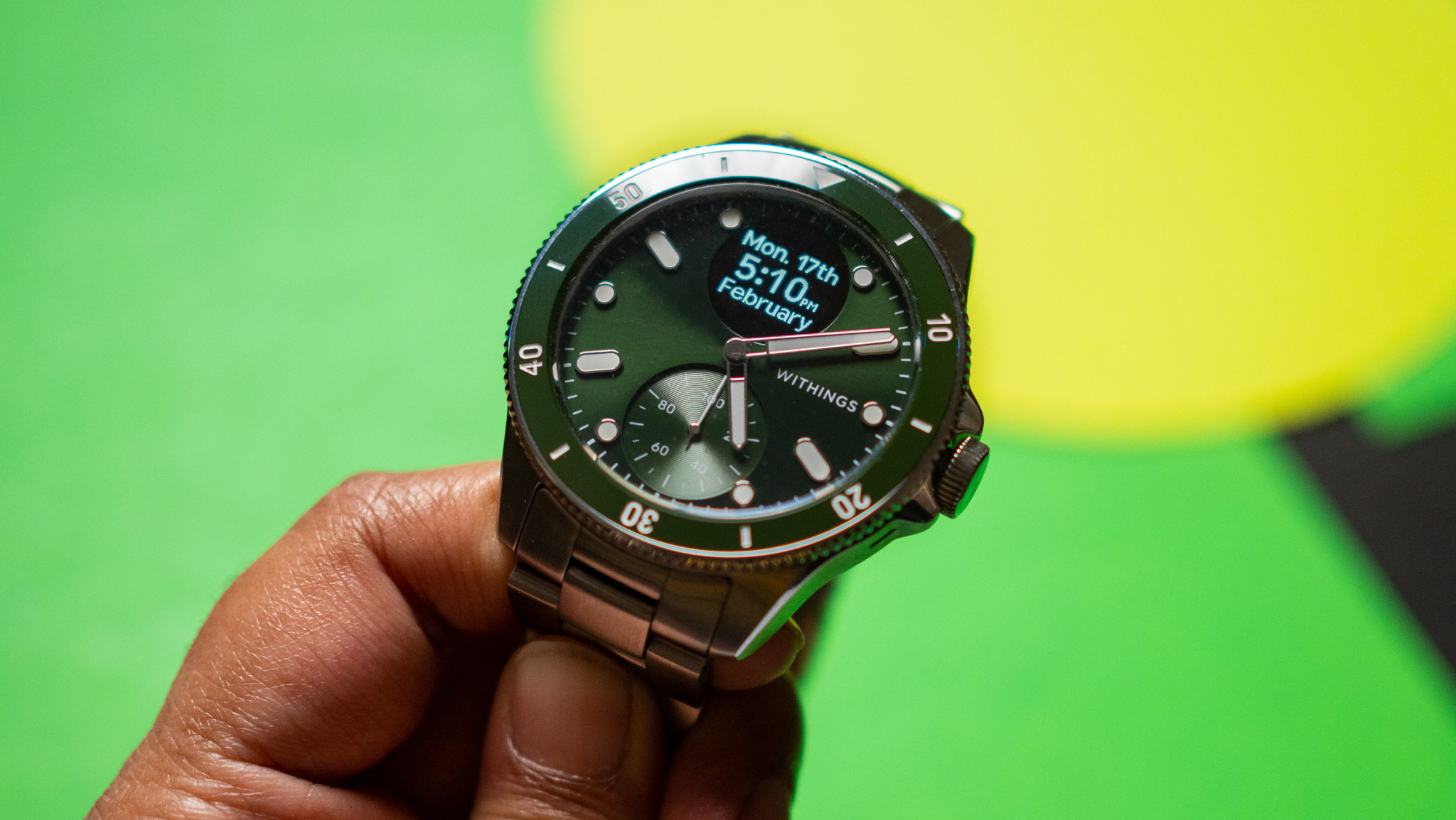
One complaint many have about smartwatches is that they look like smartwatches. Unlike the Apple Watch, which is the farthest from a traditional watch by design, Android smartwatches often try to emulate the traditional watch style, with varying degrees of success.
The Pixel Watch is unapologetically a smartwatch, thanks to its bulbous design and domed display, particularly on the latest model. Then there’s the Galaxy Watch, which recently updated its design, but still retains a very “smartwatch” design. The closest we’ve gotten to Wear OS watches that resemble traditional watches are the OnePlus Watch 3 and the Fossil watches of yore, both of which emulate the look and feel of a watch while retaining a rotating crown.
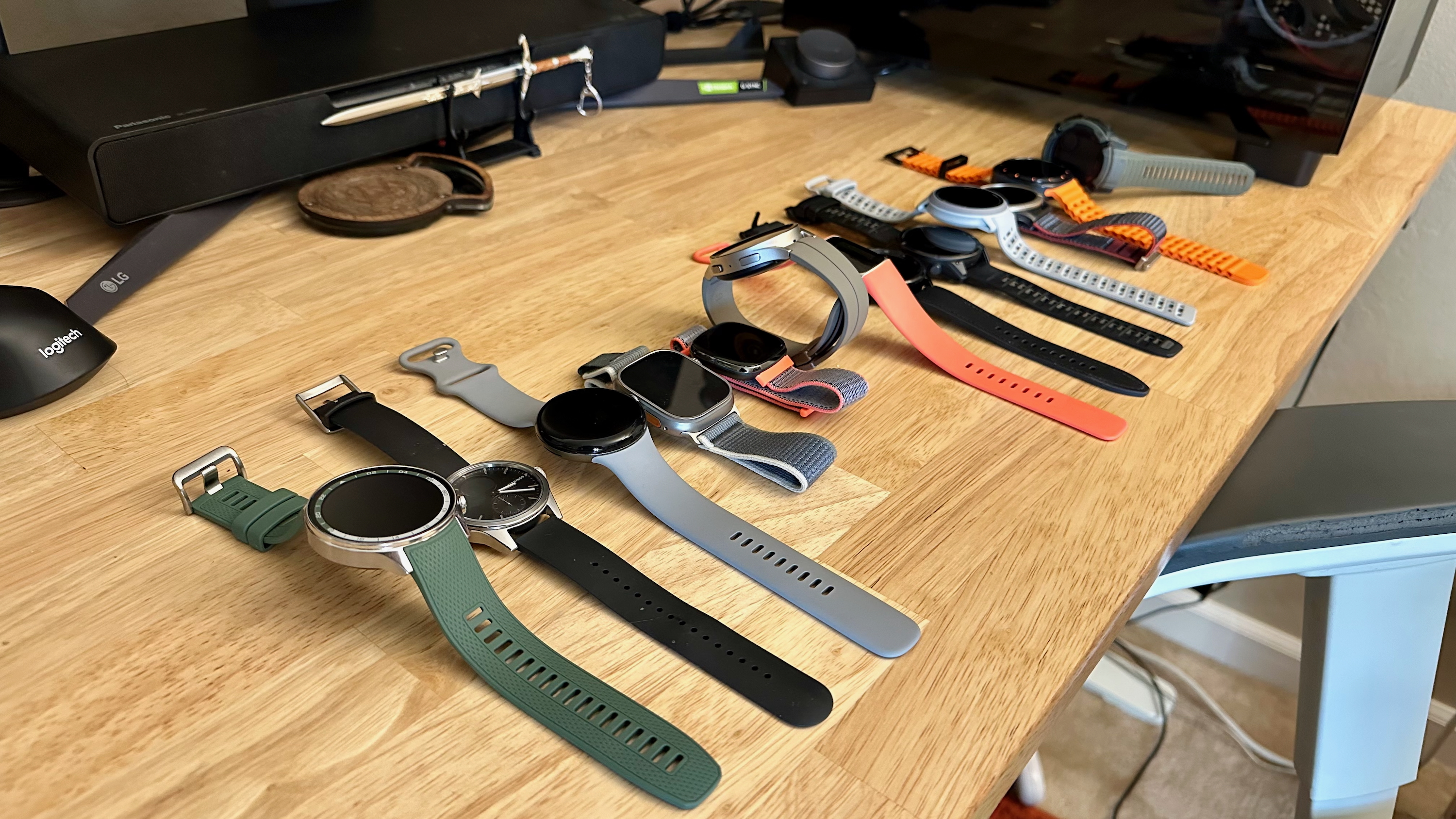
With hybrid smartwatches, for the most part, you’re getting a classic watch, complete with a crown (usually) and physical watch hands. If it weren’t for the display found in some shape or form on a hybrid watch, you likely wouldn’t know there was anything “smart” about it.
For some, this is a benefit. When I go out and want to look particularly nice, I normally leave my Pixel Watch 3 or Galaxy Watch at home, and instead reach for the Withings ScanWatch 2. This is one of the best-looking “smart” watches I’ve used, and my opinion was validated during a smartwatch beauty pageant held by Android Central’s Michael Hicks. Out of 13 smartwatches, the ScanWatch 2 won the most votes, while the OnePlus Watch 2R came in second place.
Meanwhile, the more mainstream Galaxy Watch Ultra came in second to last place, while the Apple Watch Ultra 2 was in 8th place. The results suggest that, to the everyday person, the classic watch style is the best design option.
Keep it simple
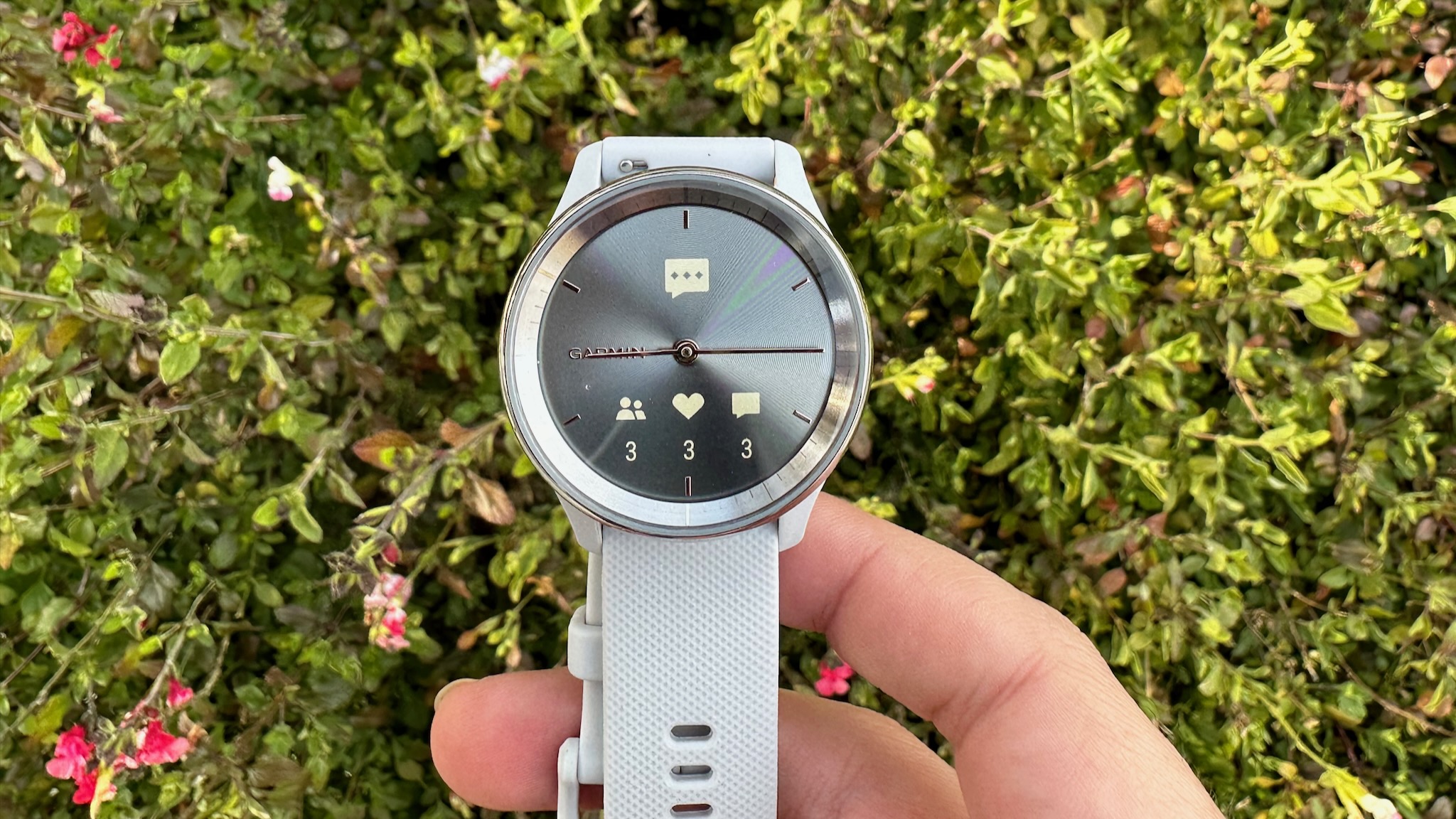
Aside from a classic design that almost anyone can get into, one of the best aspects of a hybrid smartwatch is its simplicity. Compared to the large, vibrant touch screens on a regular smartwatch, a hybrid smartwatch normally has a smaller display with minimal navigation. There are no apps to download, no watch faces to customize; you just have a set of features and settings that you can turn on or off.
Even a hybrid watch like the Garmin Vivomove Trend has a full touch screen, but it only provides very basic menus while giving you more room to read messages and notifications.
Some may prefer this minimalism, as it offers much less distraction compared to smartwatches, which always seem to invite you to look at them. After all, if the point of a smartwatch is that you’re glancing at your phone less, then that becomes moot if you’re constantly looking at your watch.
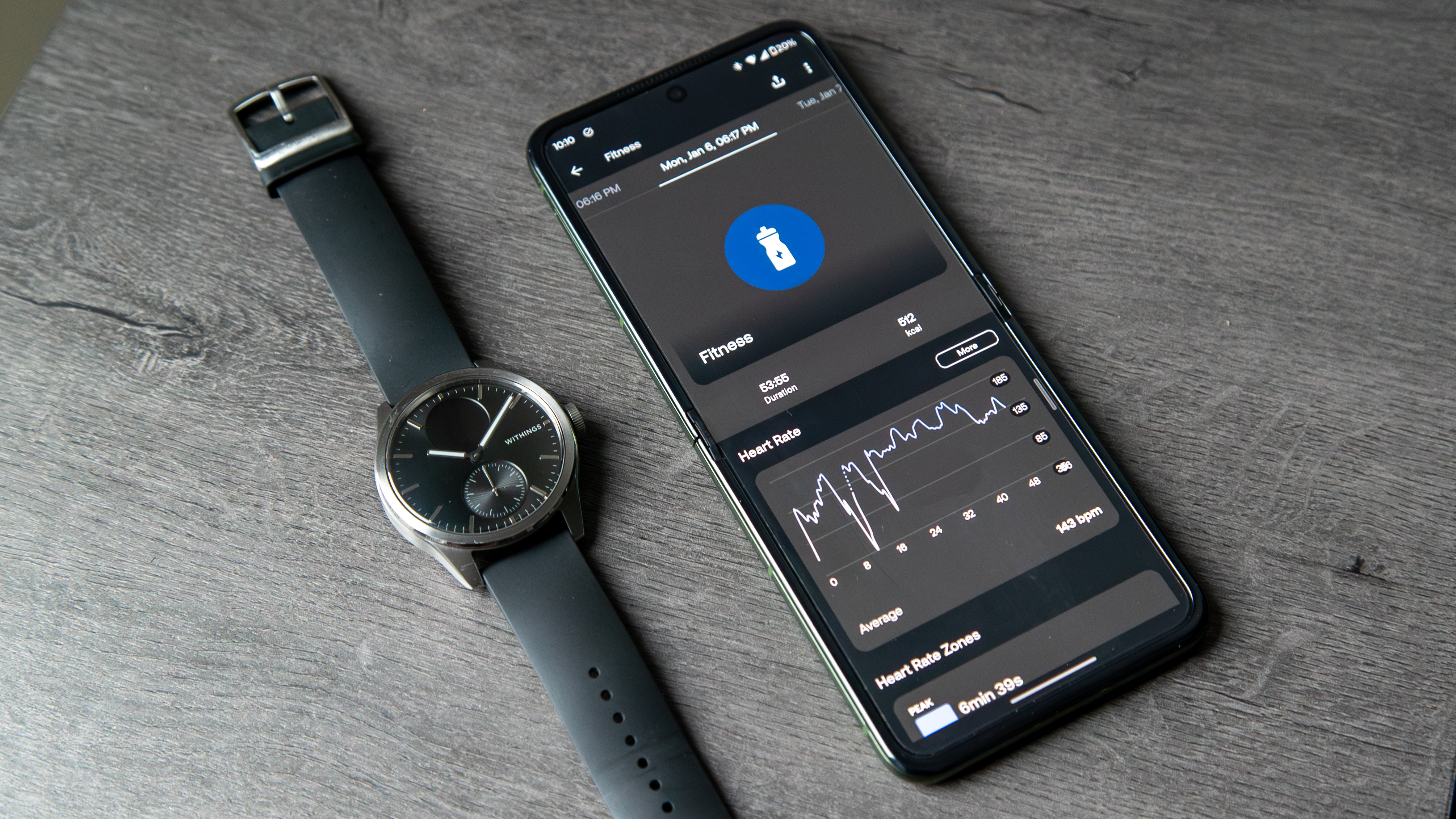
A hybrid smartwatch will still get things done in the background. They can measure health metrics such as heart rate, blood oxygen, and even ECG on some models. Think of it as a smart ring with a watch face that still gathers important data and pings you for notifications you might want to pay attention to. The minimal displays are best used for glanceable information, forcing you to decide whether something is worth grabbing your phone for or if it can wait.
You can still track workouts on something like the ScanWatch 2 or Garmin Instinc Crossover, but the menus are often simplified and options are fairly limited, so you’re not spending all your time navigating.
Basically, a hybrid smartwatch isn’t begging for your attention; it’s for anyone looking for a more passive health tracking experience. Otherwise, it’ll function as a pretty normal watch.
Battery life for days (or weeks)
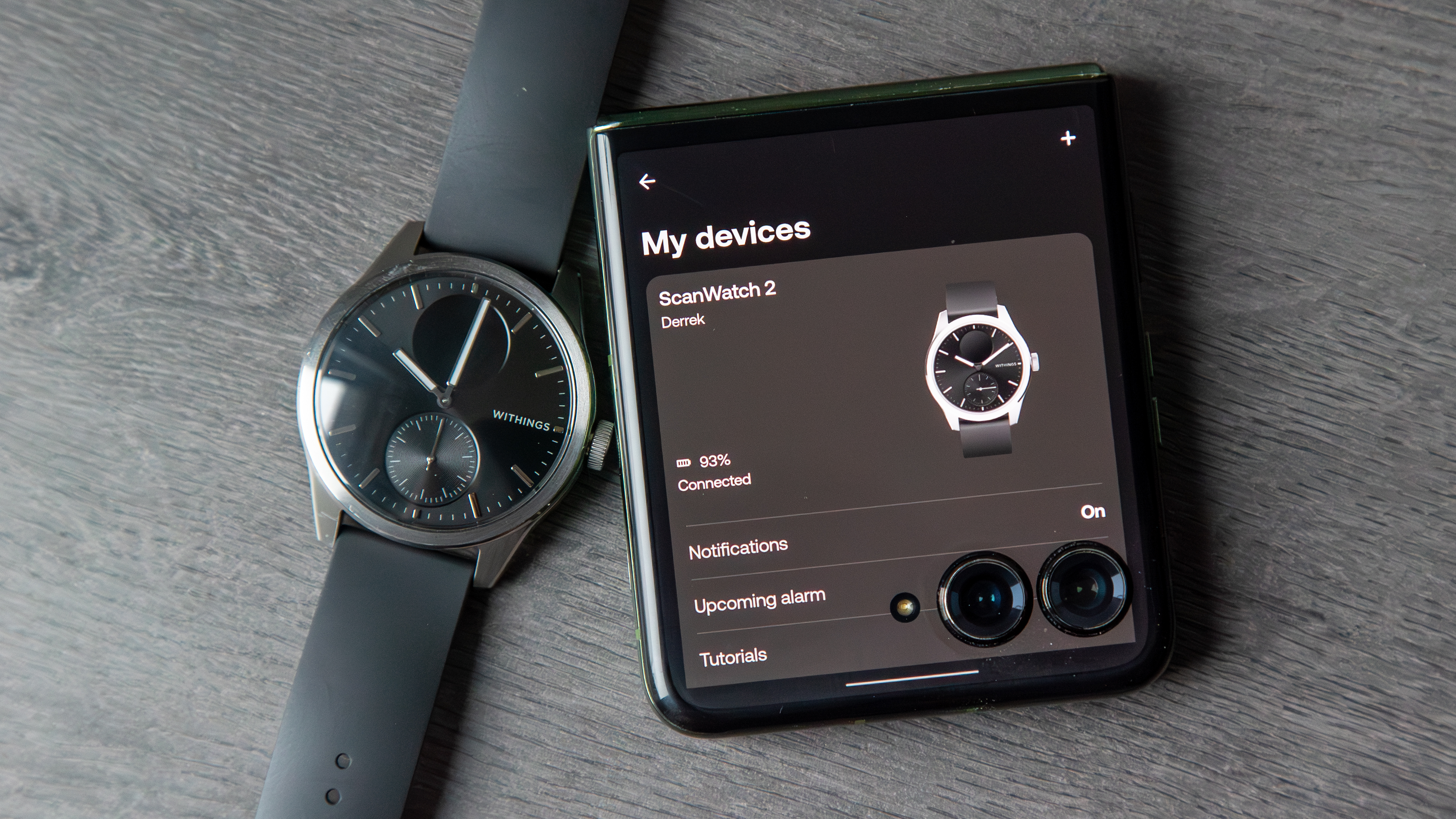
Because there’s no big, battery-sucking touch screen to deal with, some hybrid smartwatches will usually have better battery life than the average smartwatch. Take the ScanWatch 2; on average, it can last just over a month before you need to find your charger. Meanwhile, the latest Galaxy Watch or Pixel Watch models will only last a few days at most.
The Vivomove Trend lasts only five days, likely due to its large touch screen, but that’s more than you’ll get from an Apple Watch or most Wear OS watches. The exception is the OnePlus Watch 3, which also manages up to five days of battery life, although it is quite large.
That said, the less you have to charge your watch, the better it can function effectively as a watch, especially when it comes to performing its primary function: telling time. It’s kind of dead weight if it’s constantly dead.
Just one problem
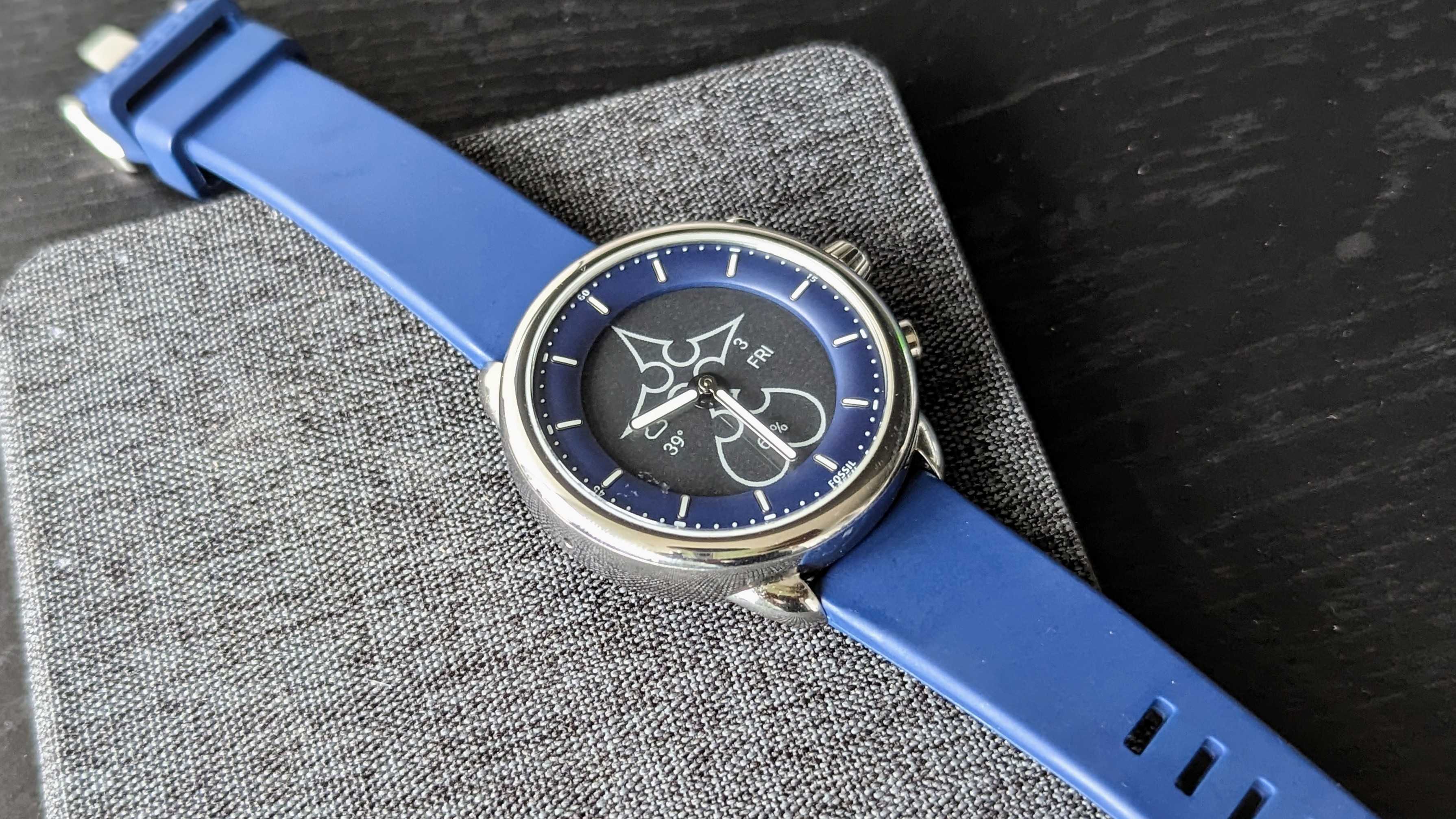
Unfortunately, when it comes to hybrid smartwatches, the selection is pretty small. Fossil had a pretty solid selection, but when it bowed out of the smartwatch market, it took all its brands with it, including Skagen. That left a huge gap in the hybrid smartwatch market (not to mention the Wear OS market), which is mostly filled by Withings and its various ScanWatch models.
There’s also the Garmin Vivomove Trend or the Instinct Crossover series, but it really depends on the style you’re going for. Otherwise, your best bet for a hybrid smartwatch is the Withings ScanWatch 2, which just got a 2025 refresh earlier this year.
